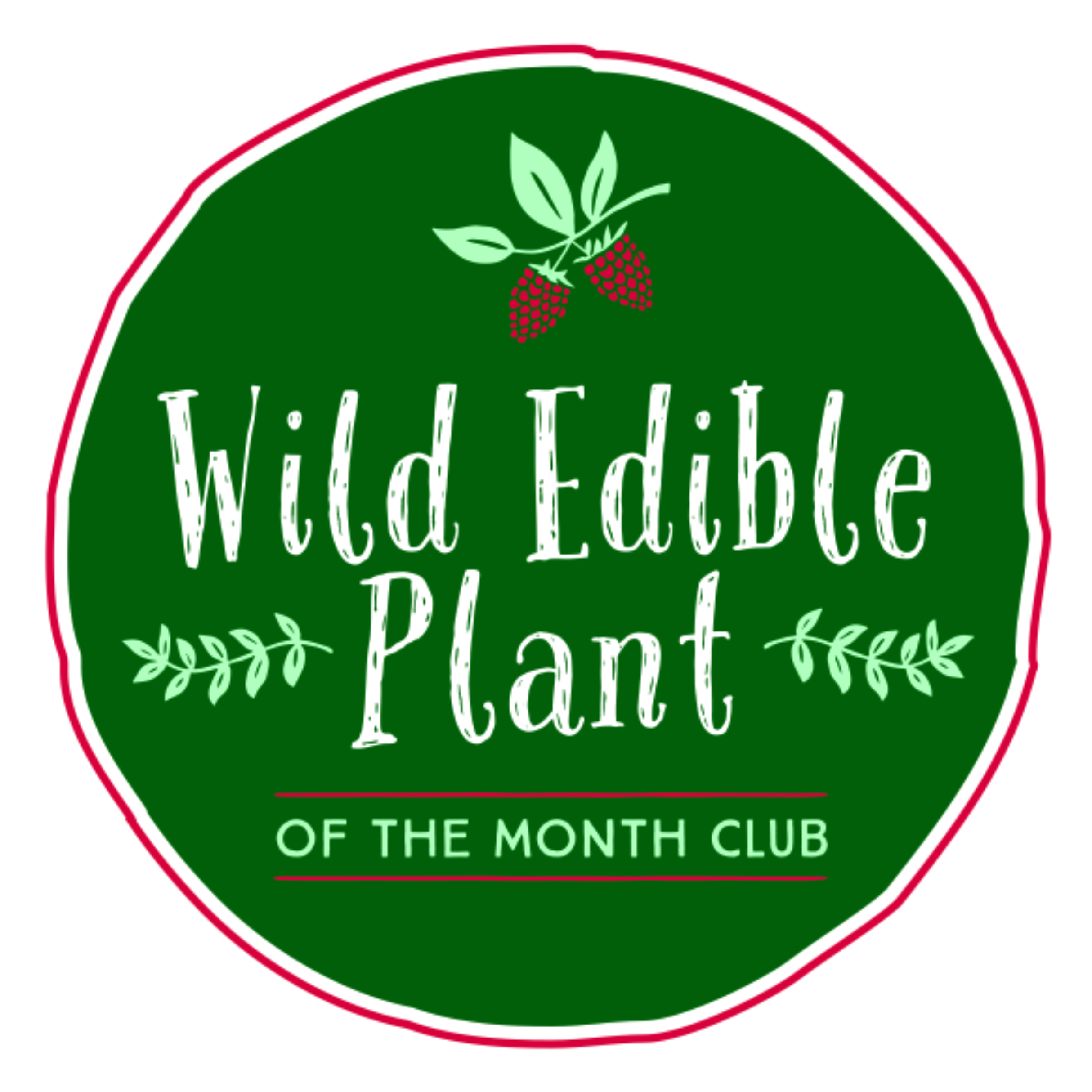White Clover: Trifolium repens
Scientific Name: Trifolium repens
Common Names: White Clover, Dutch Clover, Ladino Clover
Family: Fabaceae (Leguminosae)
Native Region: White Clover is native to Europe and Central Asia, but it has been widely introduced and naturalized in North America and other regions.
Habitat: This plant can be found in a variety of habitats, including lawns, meadows, pastures, and open areas.
Leaf Shape: The leaves of White Clover are trifoliate, meaning they consist of three leaflets attached to a common point.
Leaf Margin: The leaf margins have very tiny serrated teeth.
Leaf Arrangement: The leaves grow at the end of the stems and are on long stalks.
Flower Description: White Clover flowers are small and white, arranged in a dense, spherical cluster at the top of a long stalk. Each flower head consists of many individual florets. Each floret typically has five white petals, giving the cluster a distinctive globe-like appearance.
Plant Height: White Clover can grow up to 4 to 8 inches (10 to 20 cm) tall.
Growing Cycle: White Clover is a perennial plant, meaning it lives for more than two years and regrows each year from the same root system.
Interesting Facts:
White Clover is often used in pasture mixes because it can fix nitrogen from the air into the soil, benefiting other plants growing nearby.
It's a valuable source of nectar for pollinators like bees and butterflies.
The leaves and flowers are edible and have been used in traditional herbal medicine for their potential health benefits.
White Clover was introduced to North America by European settlers and quickly naturalized in the wild.
It's sometimes considered a symbol of luck, and finding a four-leaf clover is considered especially lucky.
Edible Parts: The leaves and flowers of White Clover are edible.
Taste: The leaves and flowers have a mild, slightly sweet flavor.
Harvesting: To eat this plant, the leaves and flowers can be harvested directly from the plant. Choose young and tender leaves for the best flavor.
Best Harvest Time: White Clover leaves and flowers are best harvested in spring and early summer when they are at their most tender.
Poisonous Parts: White Clover is generally considered safe for consumption in moderate amounts. However, some individuals may have allergies to plants in the pea family (Fabaceae), so it's advisable to try a small amount first if you haven't consumed it before.
Unique Identifying Features:
Trifoliate leaves (three leaflets).
Spherical clusters of small white flowers.
Low-growing habit, up to 8 inches tall.
Leaf margins have tiny serrated teeth.
Leaves grow at the end of the stem.
Harvestable Parts: Leaves and flowers can be harvested to eat.
Known Dangers: White Clover is generally safe for consumption, but individuals with allergies to plants in the pea family should exercise caution.
Recipes Using White Clover:
White Clover Salad: Mix young white clover leaves and flowers with other fresh greens, herbs, and a light vinaigrette.
White Clover Tea: Steep fresh or dried white clover flowers in hot water to make a soothing herbal tea.
White Clover Infused Honey: Fill a jar with fresh white clover flowers and cover them with honey. Allow it to infuse for a few weeks, then use the honey as a unique sweetener.
Ways to Use in the Kitchen:
Salad Greens: Incorporate young white clover leaves and flowers into salads for added flavor and nutrition.
Herbal Teas: Brew white clover flowers to make herbal teas that can be enjoyed hot or cold.
Garnishes: Use white clover flowers as an attractive and edible garnish for desserts, beverages, or savory dishes.
Please remember that before consuming any wild plant, it is crucial to be absolutely certain of its identification and consult a local expert or reputable resource to ensure it is safe and appropriate for consumption. Additionally, when using wild plants in recipes, it's essential to verify the reliability and safety of the sources you find.
Disclaimer for WildEdiblePlantoftheMonth.com:
The information provided on WildEdiblePlantoftheMonth.com is for entertainment and educational purposes only. While we strive to ensure accuracy and provide reliable information, we cannot guarantee the completeness, relevance, or timeliness of the content presented.
Before using or consuming any plant mentioned on this website, we strongly recommend verifying the information with a qualified health professional or medical doctor. It is essential to exercise caution and always seek the advice of a health professional before touching, handling, or consuming any wild edible or medicinal plant matter.
The content on this website is not intended to diagnose, prescribe, or treat any illness, injury, or health condition. We do not assume any liability or responsibility for any allergic reactions, illnesses, or injuries that may occur as a result of using the information presented on this website or trying any traditional or folk remedies.
As with any natural product, wild edible and medicinal plants can be toxic if misused. It is essential to understand the proper identification, preparation, and usage of these plants before incorporating them into your diet or daily routine.
Please exercise caution and keep all plants, especially toxic ones, out of the reach of children and pets.
By accessing and using the information provided on this website, you agree to do so at your own risk. WildEdiblePlantoftheMonth.com, its authors, contributors, and affiliates cannot be held liable for any damages, losses, or negative consequences resulting from the use of the information on this website.
Always prioritize your safety and well-being by seeking advice from a qualified health professional or medical doctor when dealing with health-related concerns or conditions.
